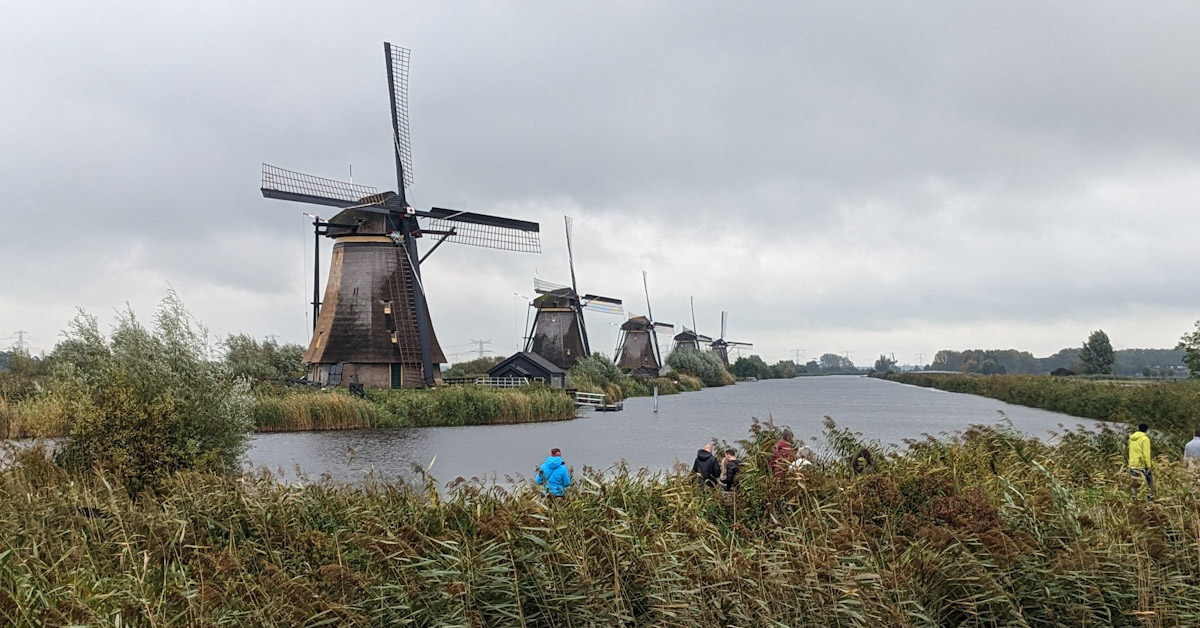Land, and fertile land in particular, is a scarce resource. While territory grabs have resulted in countless conflicts throughout history, the Dutch have been at war with water for centuries for their land. At least 17% of the country was once underwater, and that number is still growing in a time of rising sea levels.
The general concept is simple: construct a barrier and put all of the water on the other side of it. In modern times, that means concrete barriers and electric pumps. In the past, windmills did the work of pumping water over protective embankments.
The village of Kinderdijk is a monument to this system, with nineteen windmills dating back to the 18th century. Two of the mills are open to the public as museums (with paid admission), and the rest can be viewed from the outside via paved pathways.
Getting There
The typical entrance is on the north side where the visitors’ center lies, but walking north from the town of Alblasserdam was a wonderful way to add variety to the potentially monotonous sight of windmill after windmill. A metro ride and a bus made quick work of the distance from Rotterdam.
This is a good time to mention the unified transit system in the Netherlands. A single card can be loaded with a balance in euros, with each ride being debited based on distance traveled. Whether boarding a bus, train, metro, or tram, scan the card before and after the ride and the automated system handles the rest. Forget to check out and you’ll be charged the maximum amount for going to the end of the line. Fortunately, even the longest route in the country tops out at 20 EUR, so the risk of forgetting to scan when disembarking isn’t terrible.
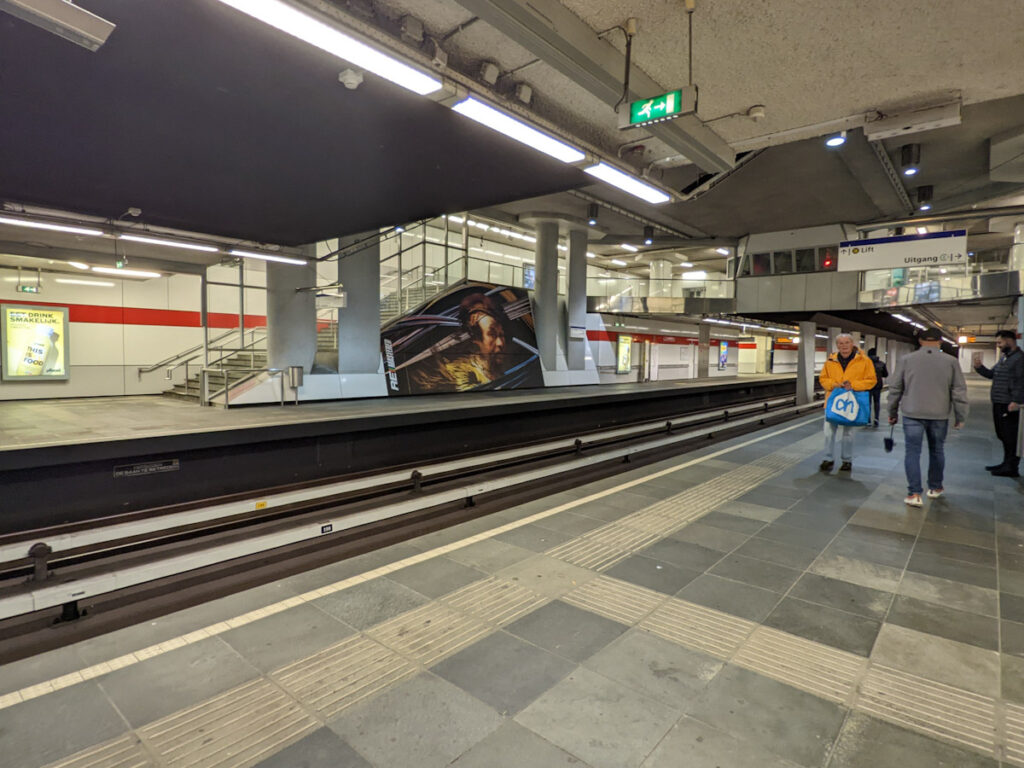


Alblasserdam


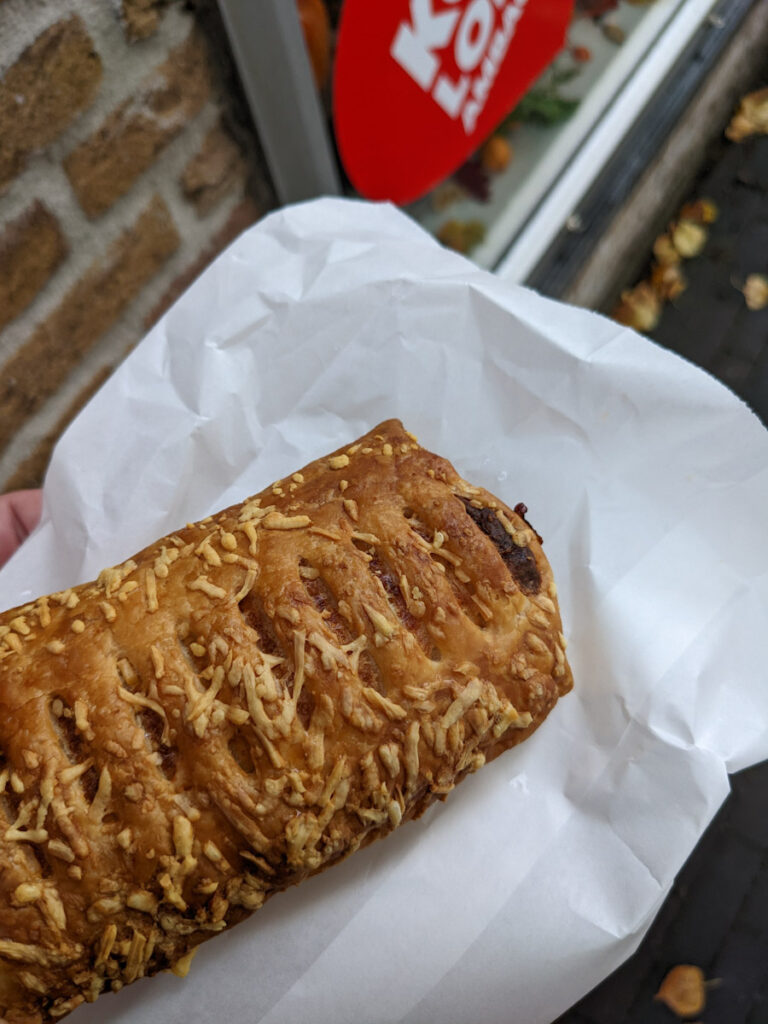

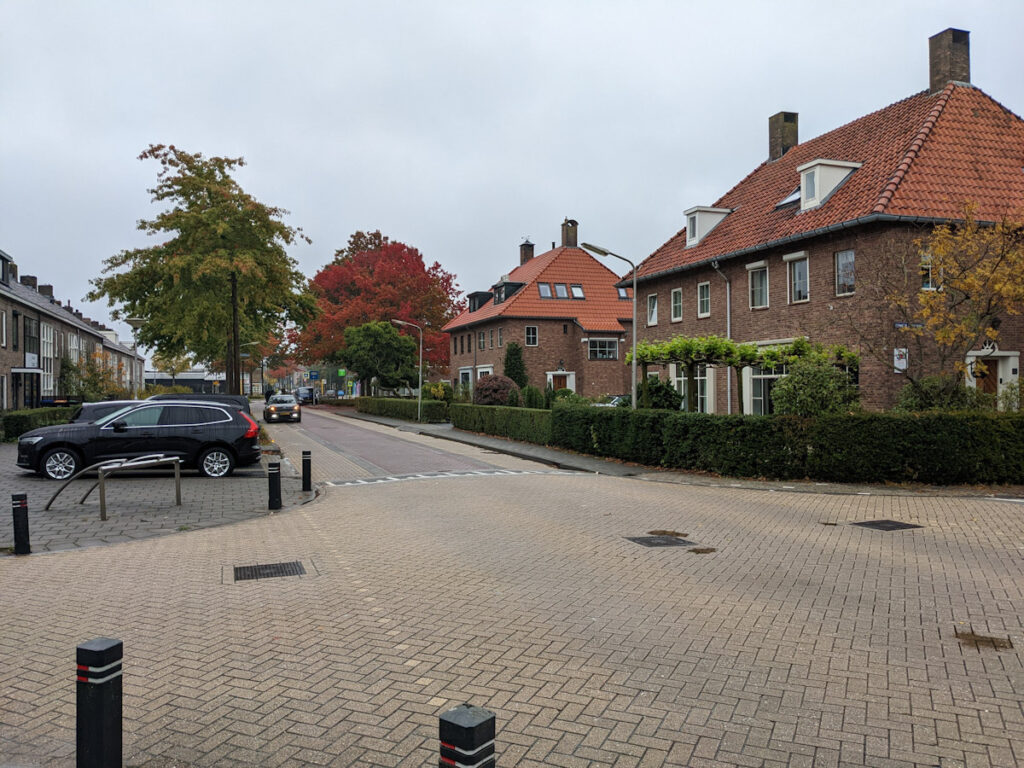
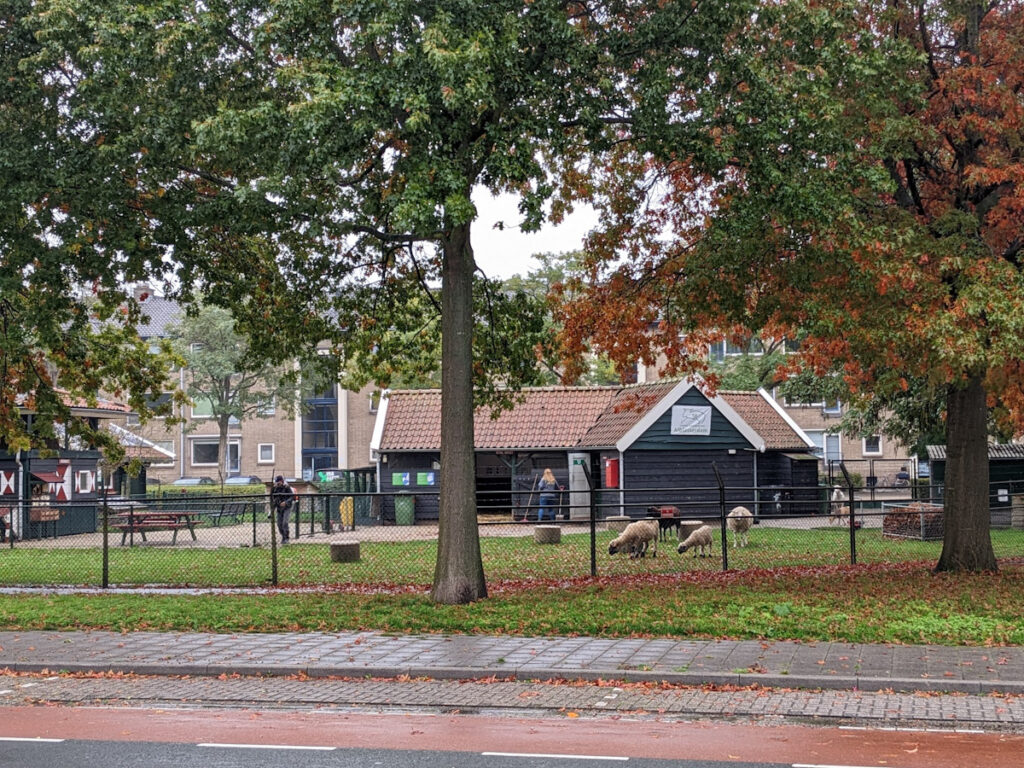
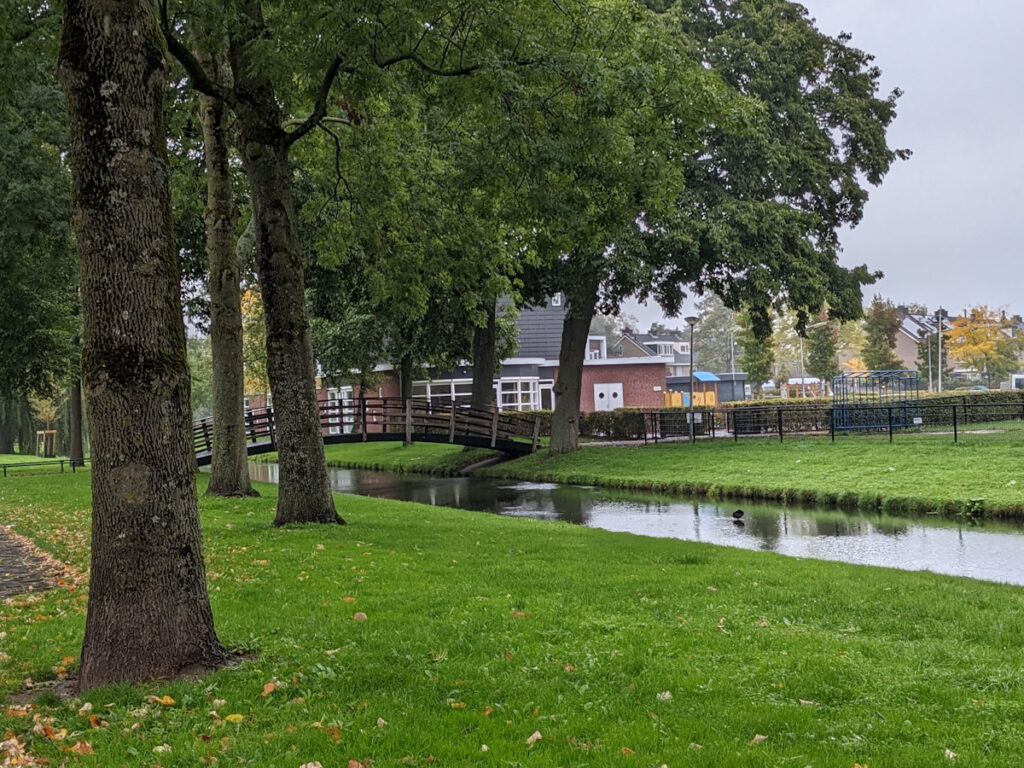
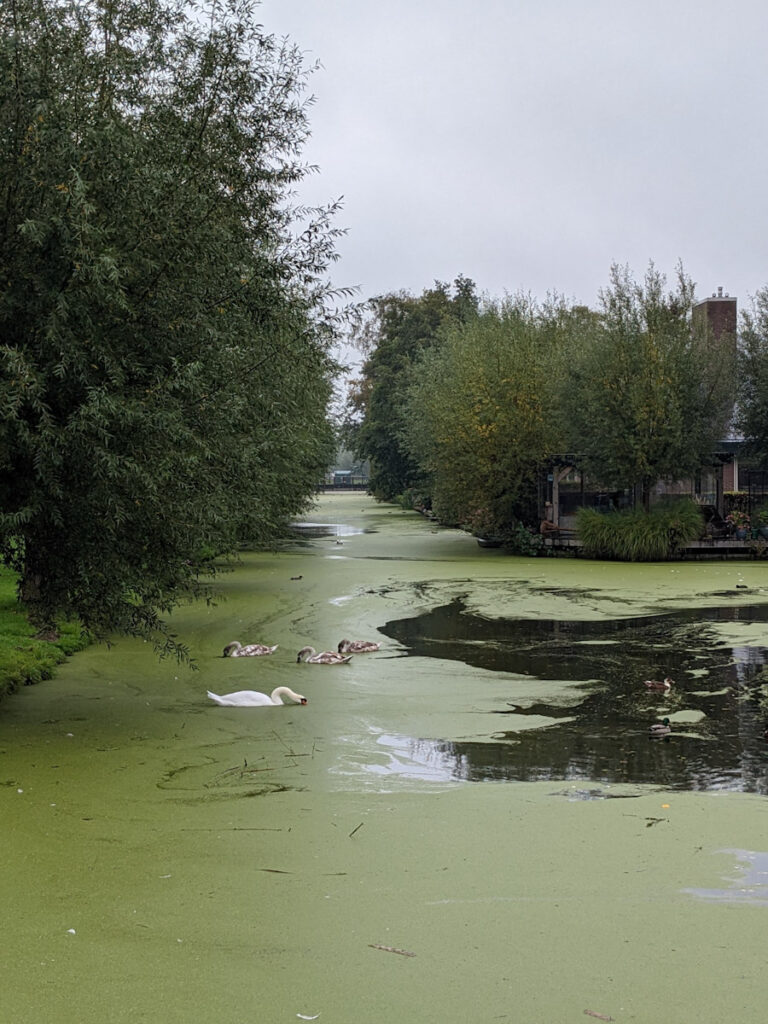
Onward to Kinderdijk
Over De Witte Brug (the white bridge), residences disappeared into reeds and waterways. There were also at least three other white bridges on the way, but none were named as such. Why the first received that honor is a mystery.
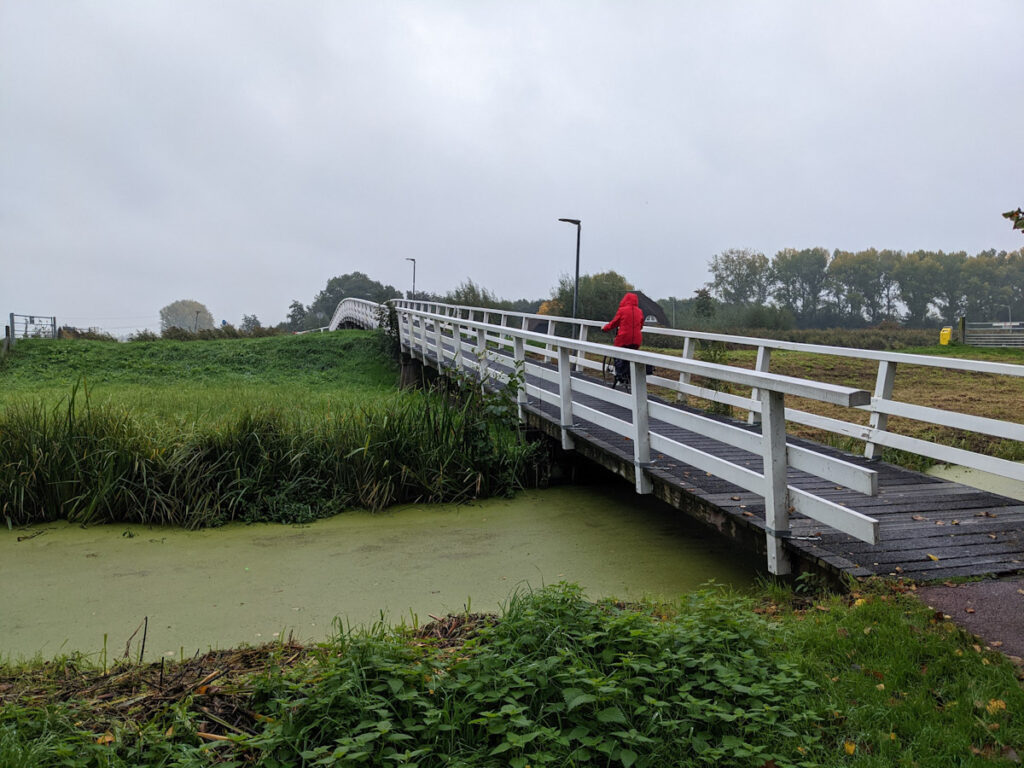
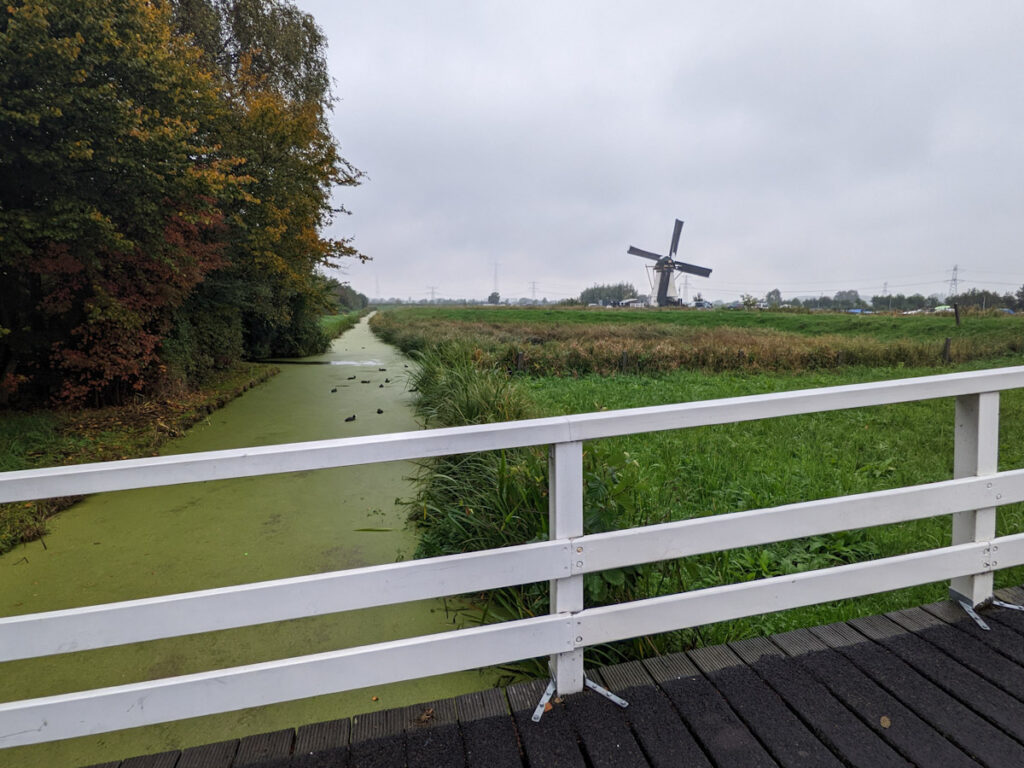

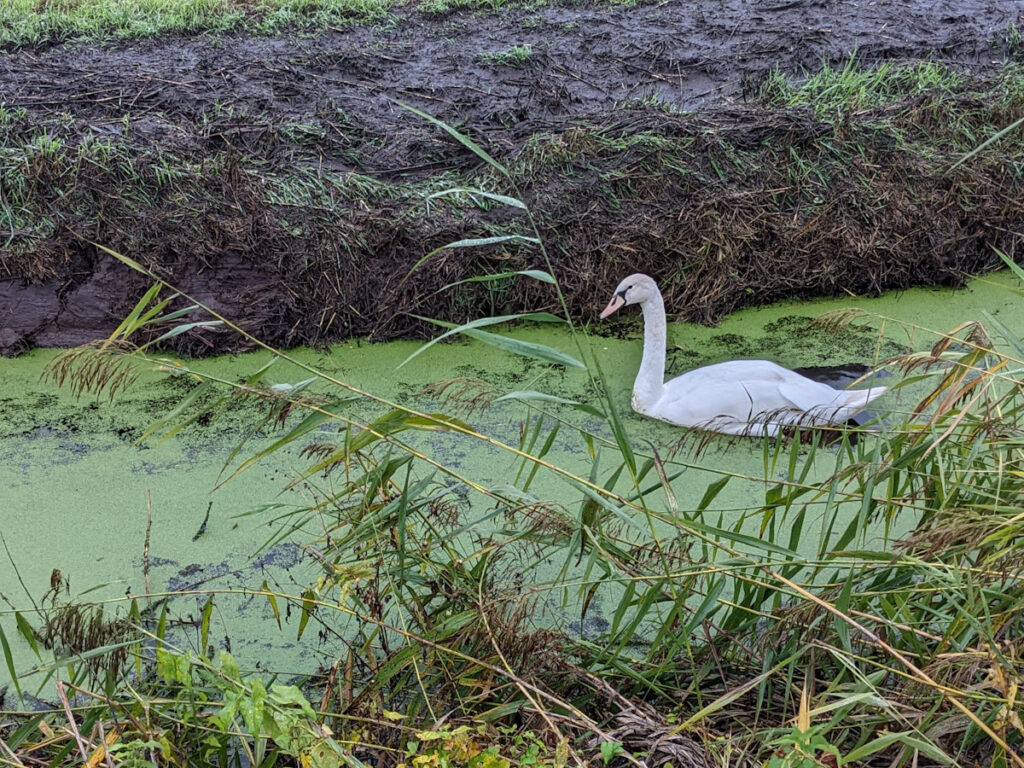
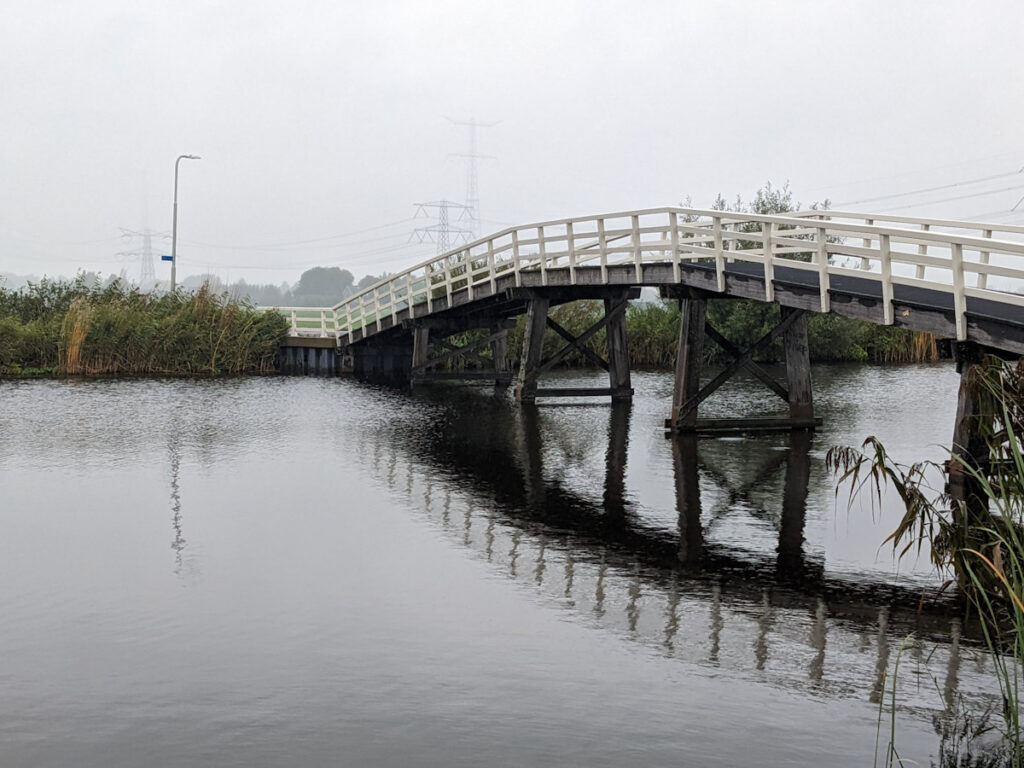
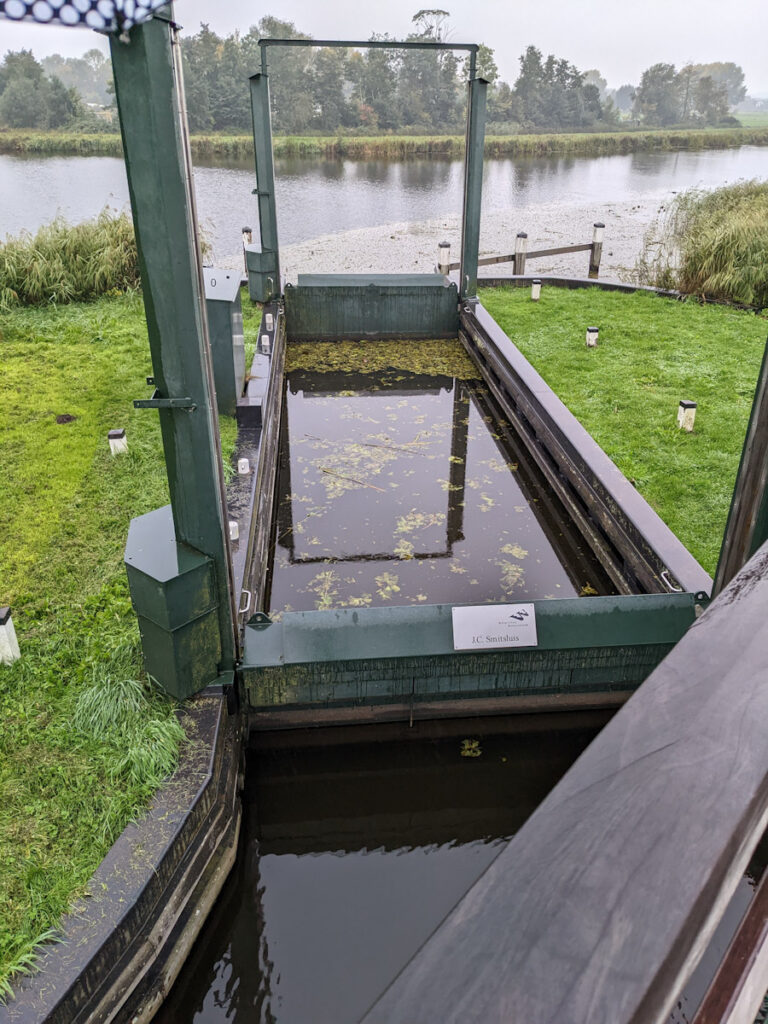
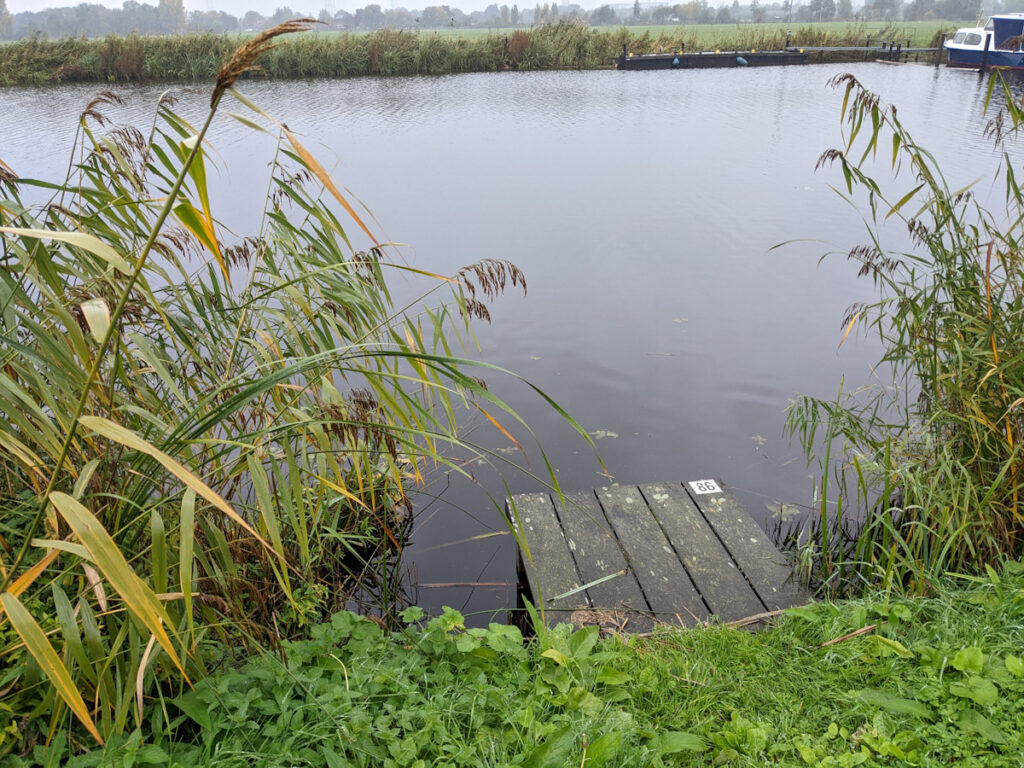

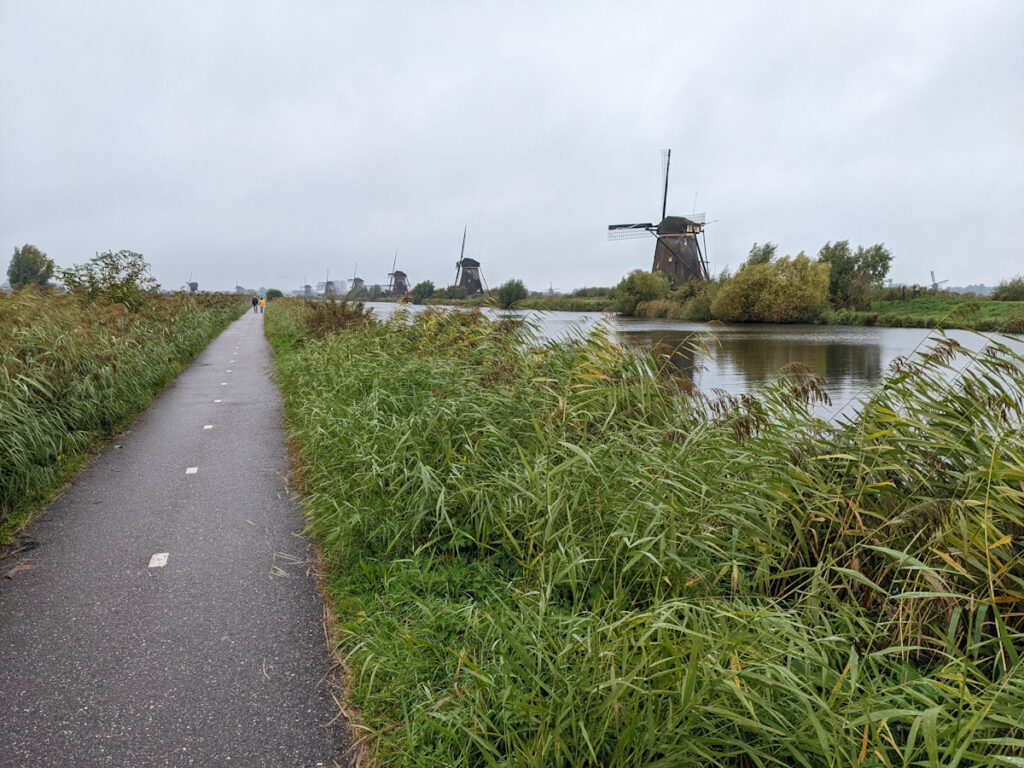
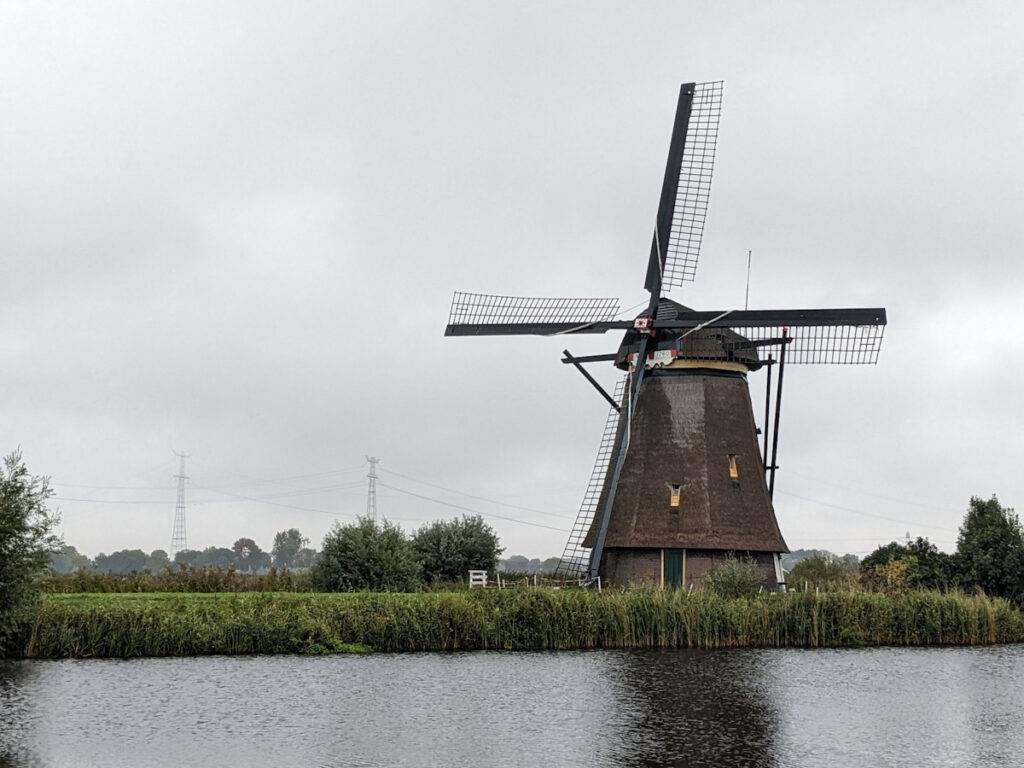
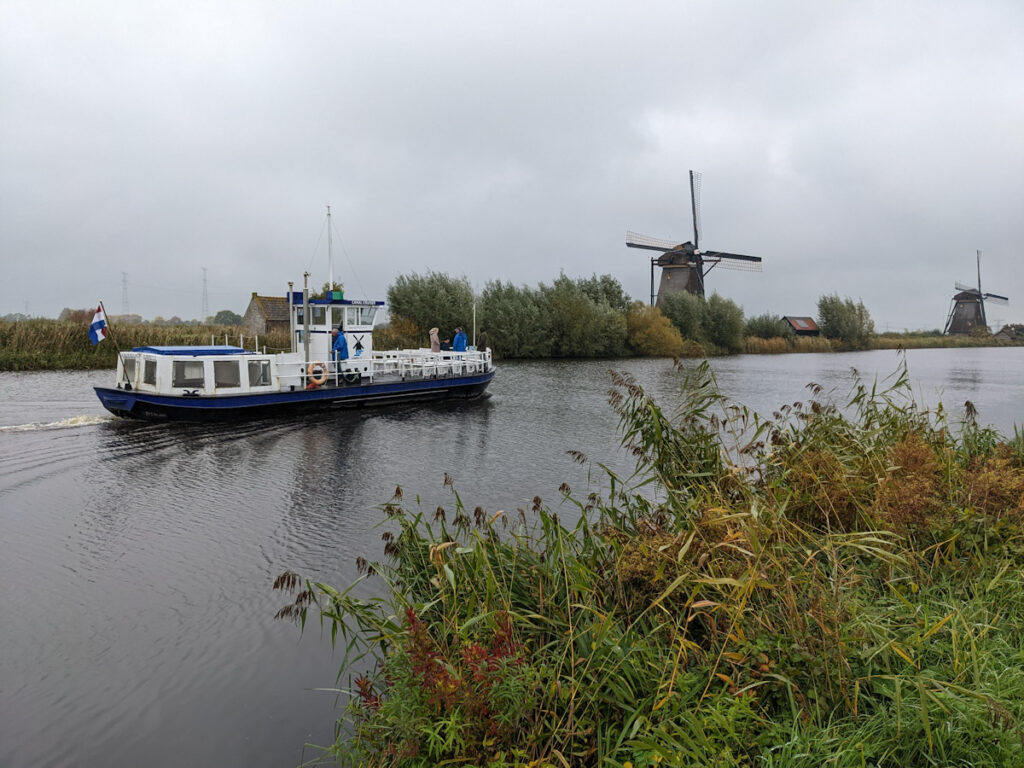
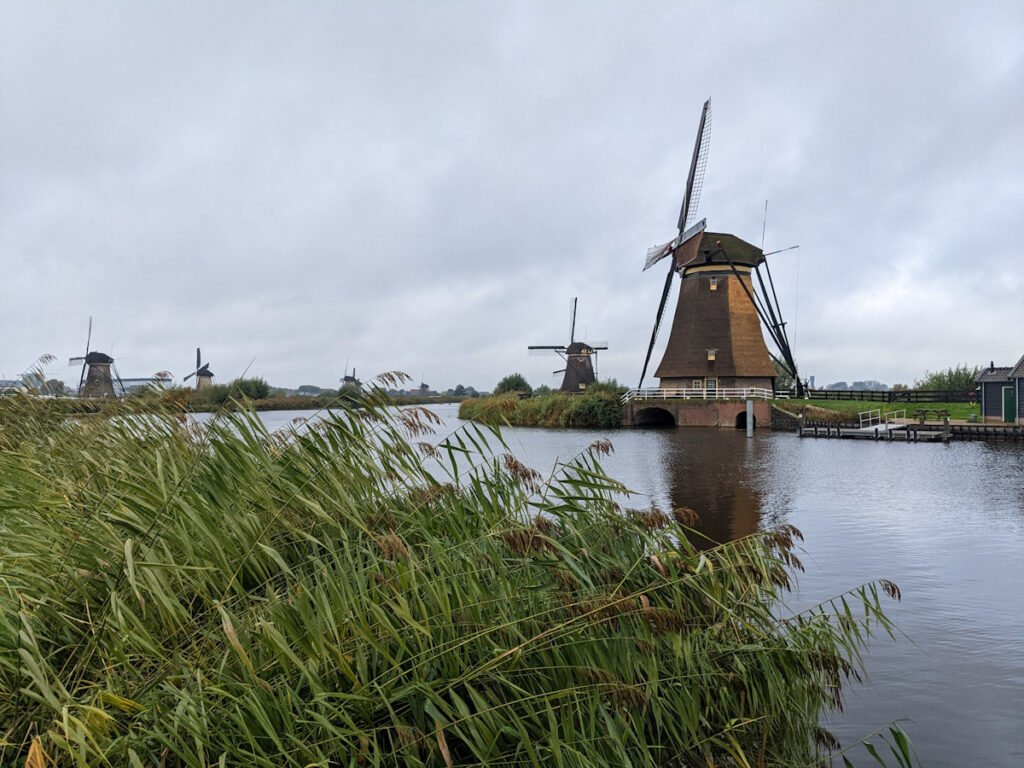
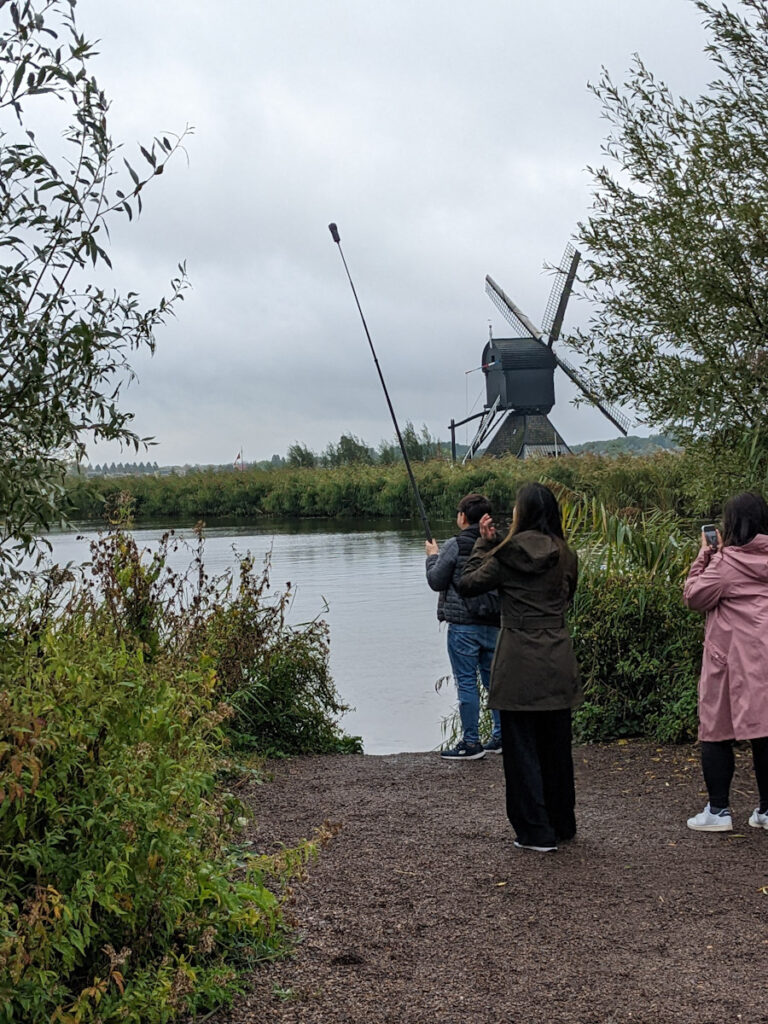
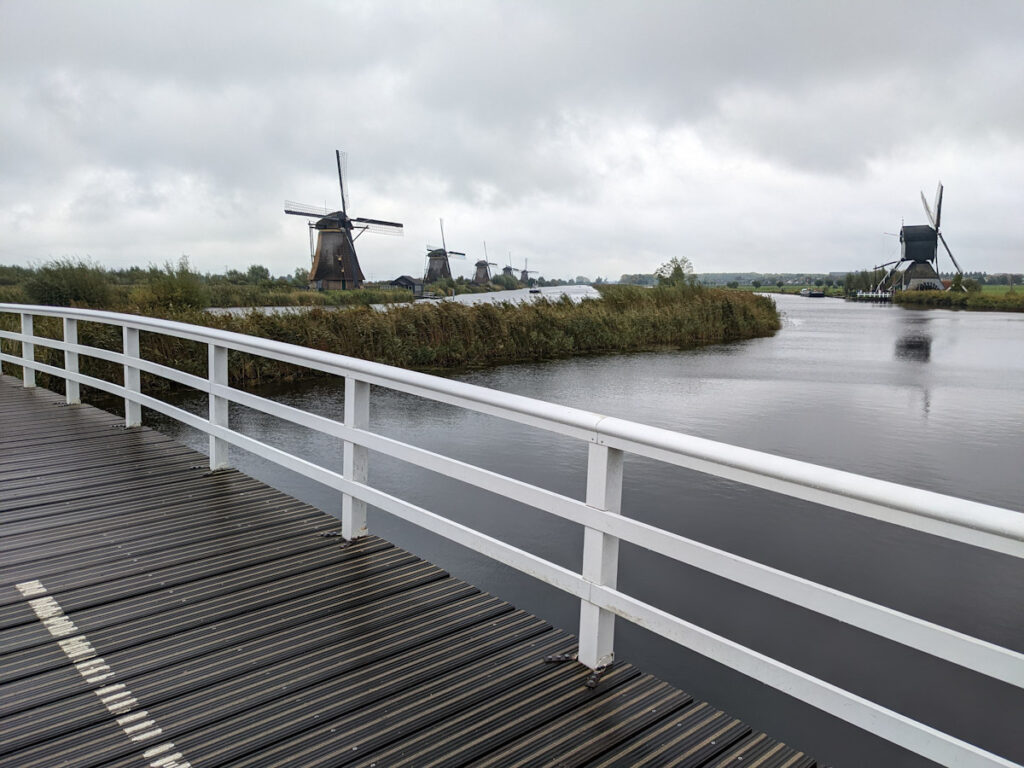
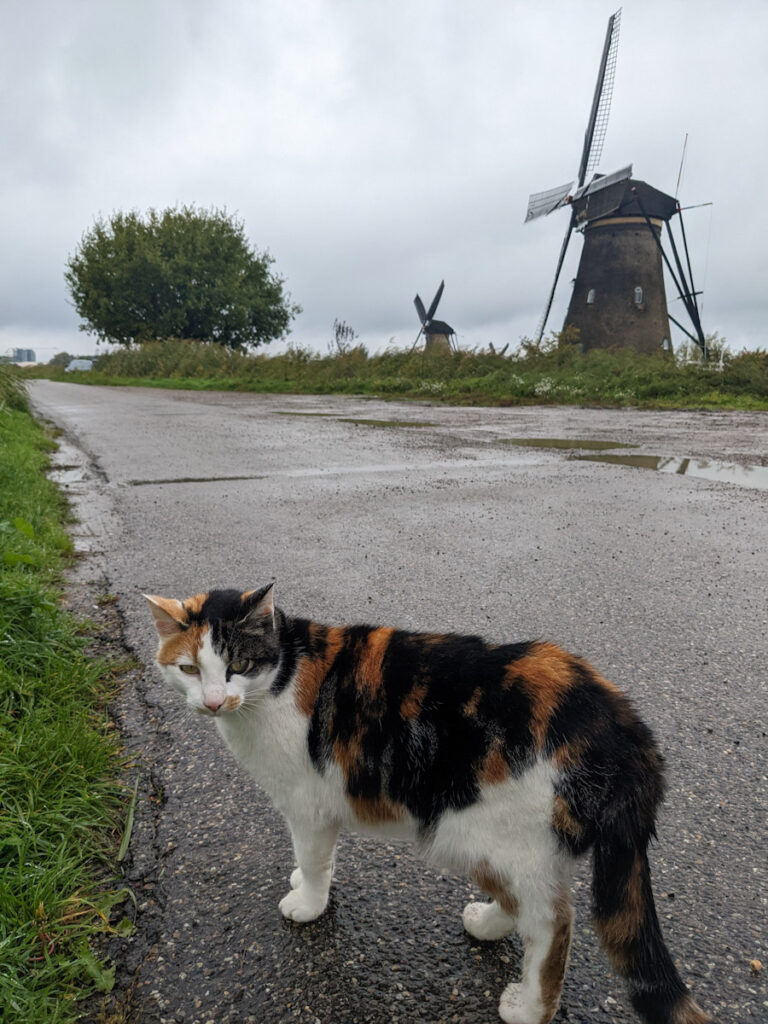

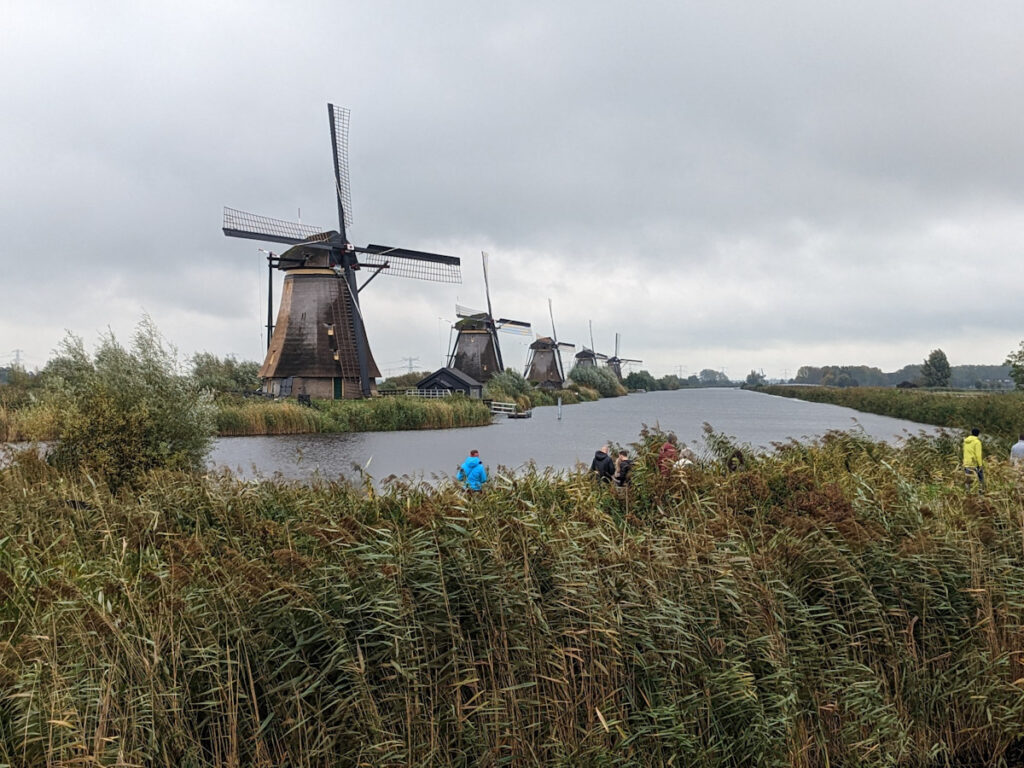

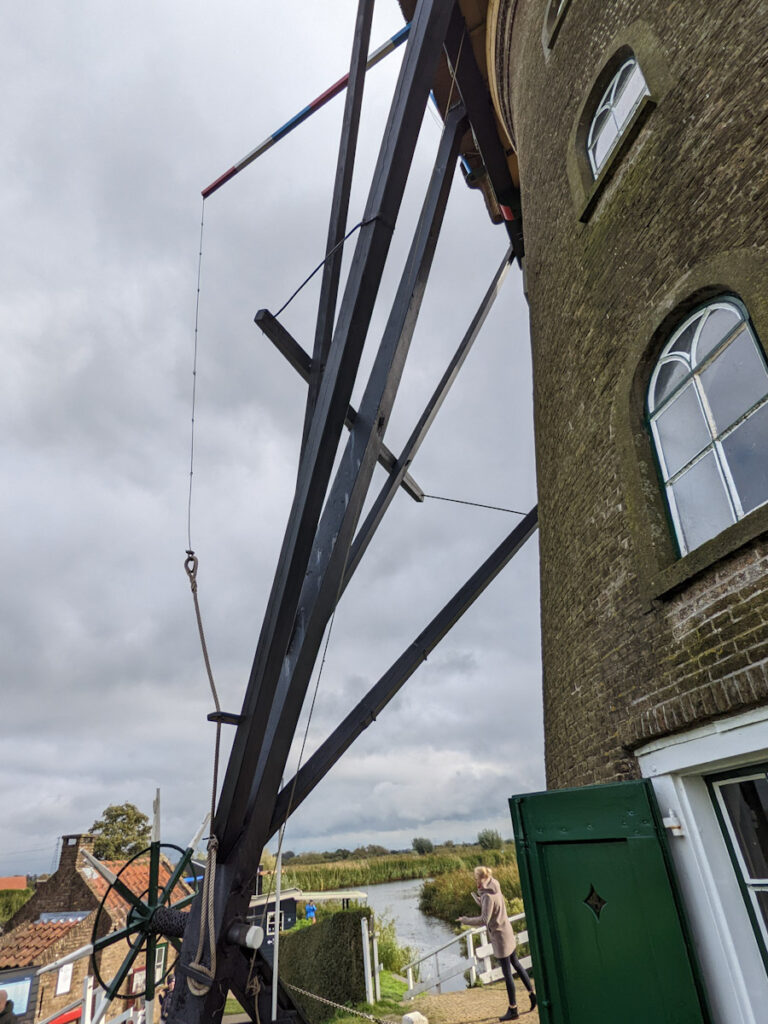
Inside a Windmill
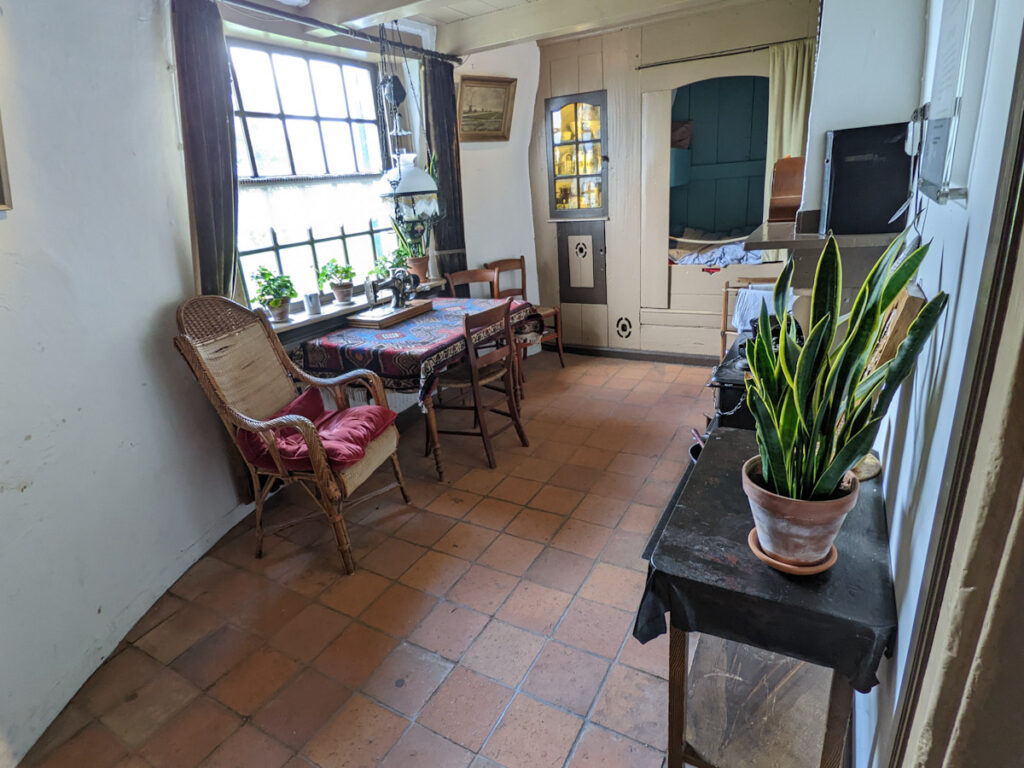
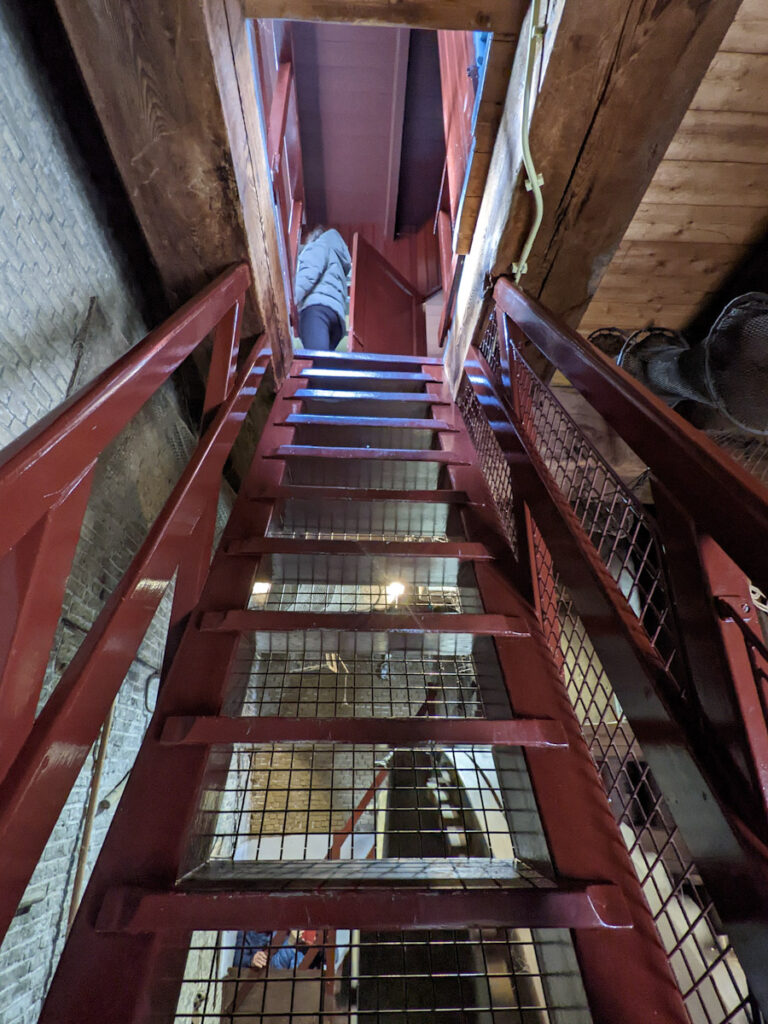

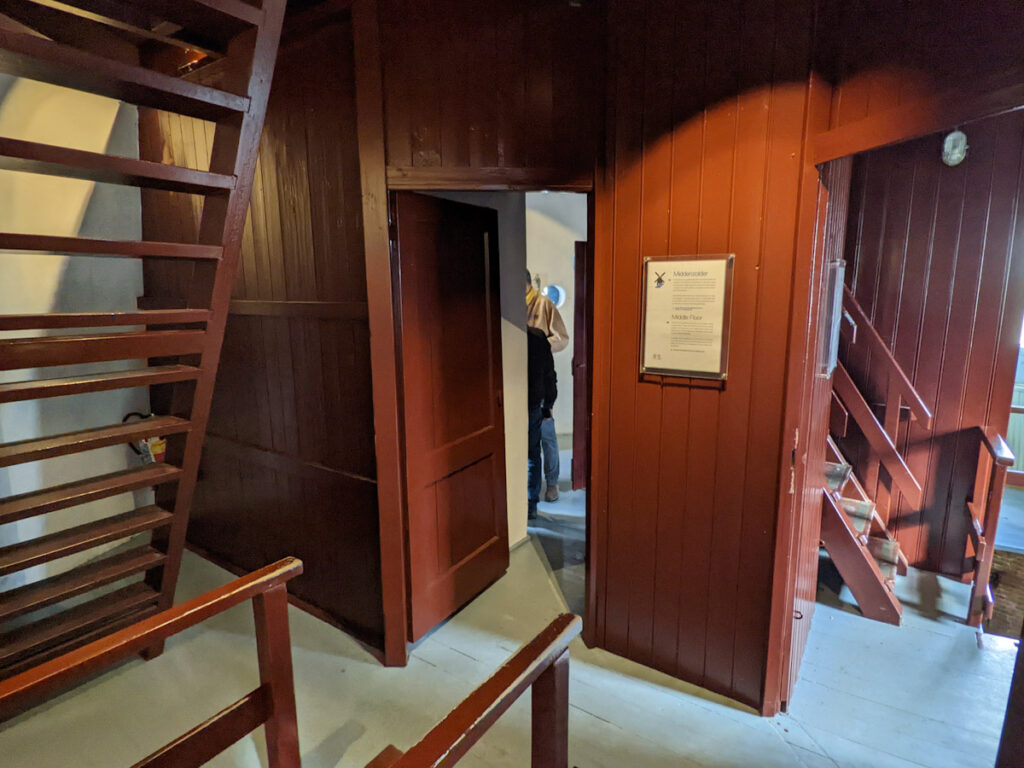
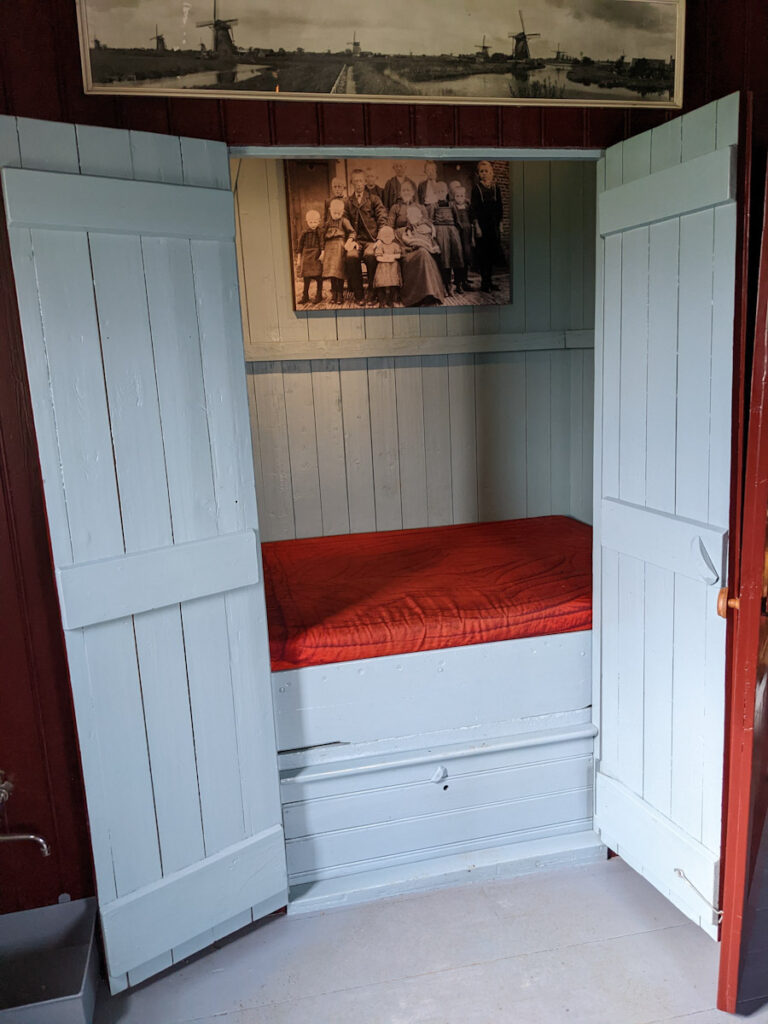

The gear system for transferring power from the wind is fascinating given the time-period and materials. From top to bottom, here it is in three videos:


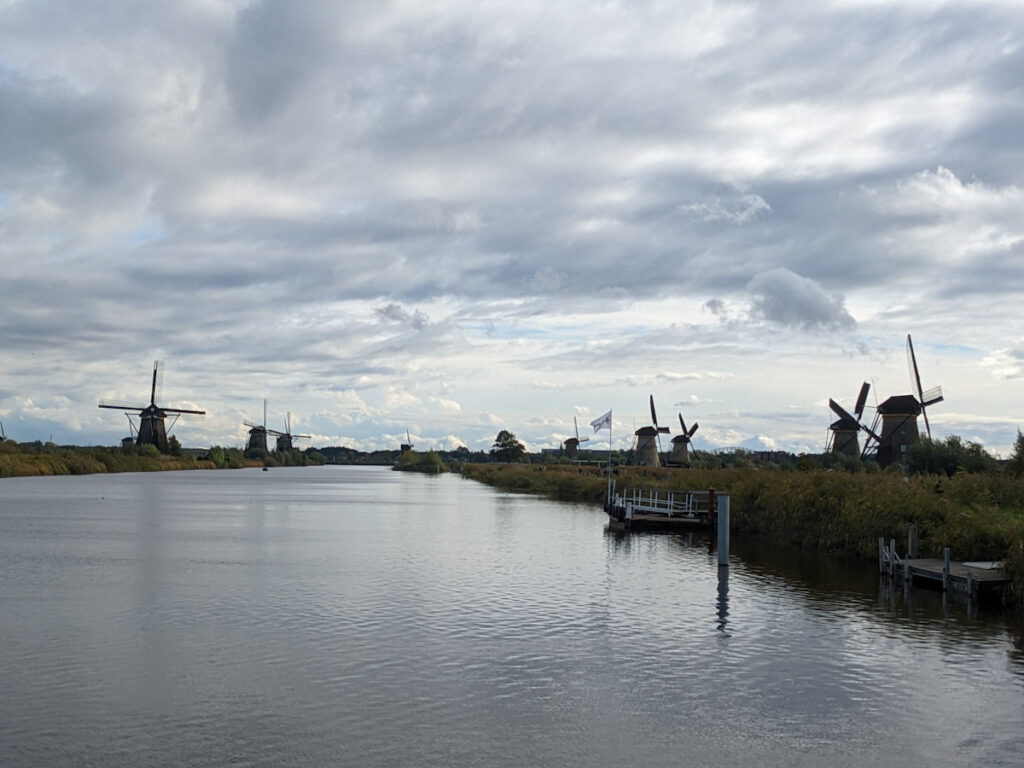
Back to Rotterdam
A ferry across the water to Krimpen aan de Lek provided some novelty, but the loop was completed most efficiently by a mundane bus ride and another stint on the metro.

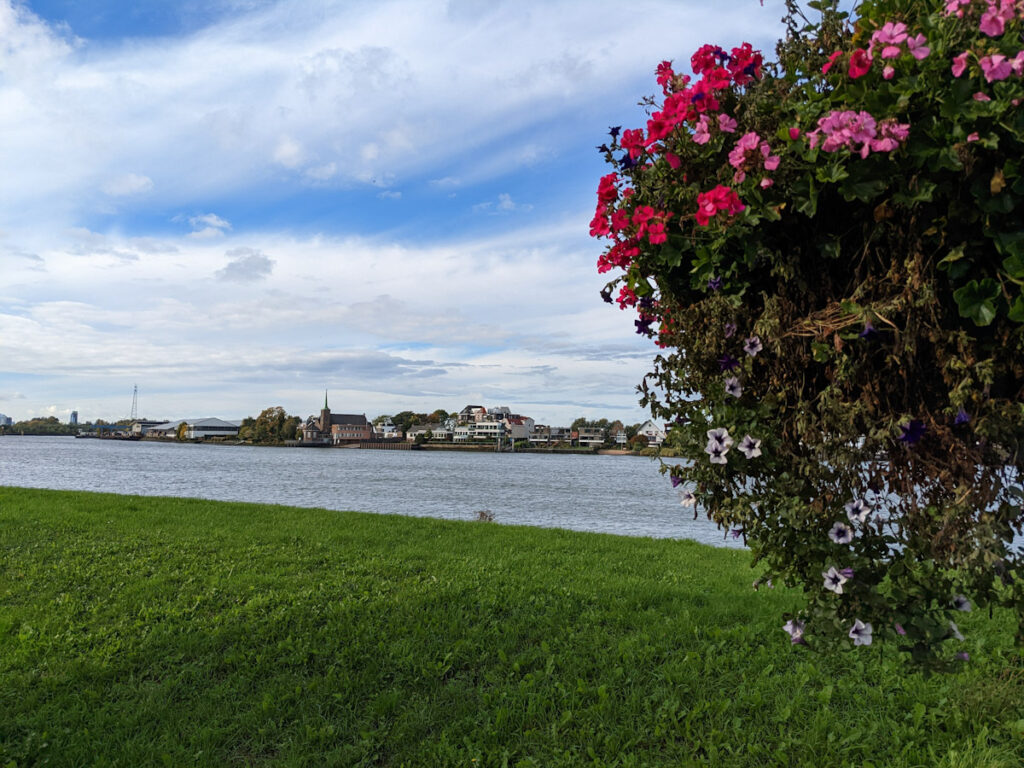

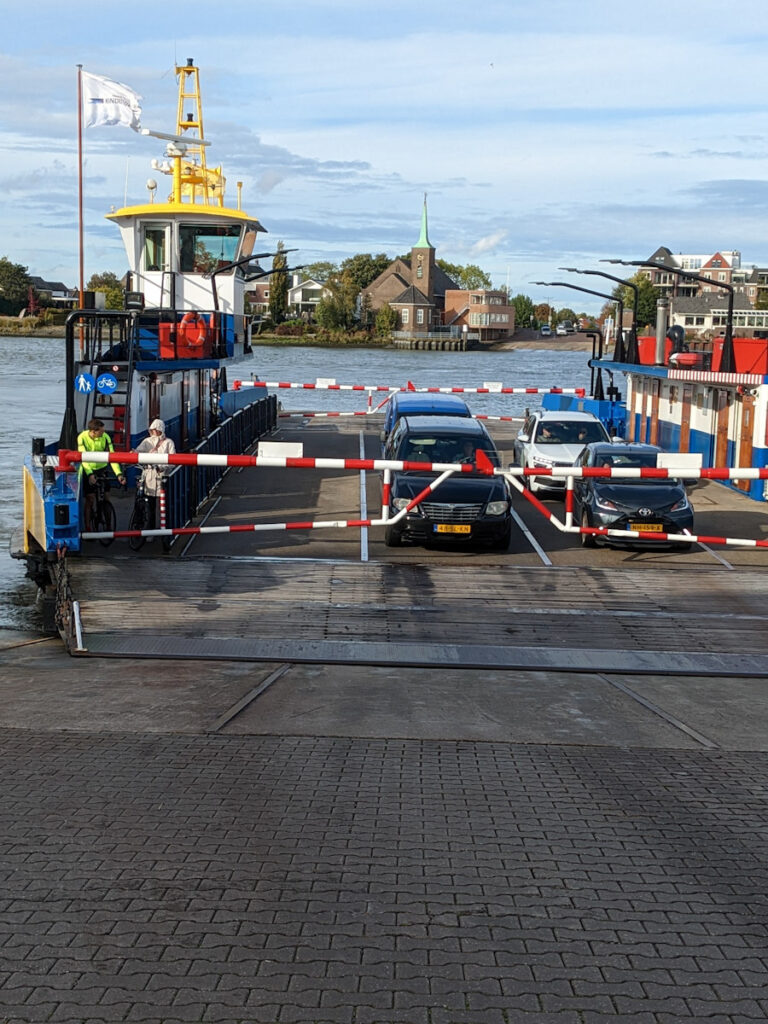
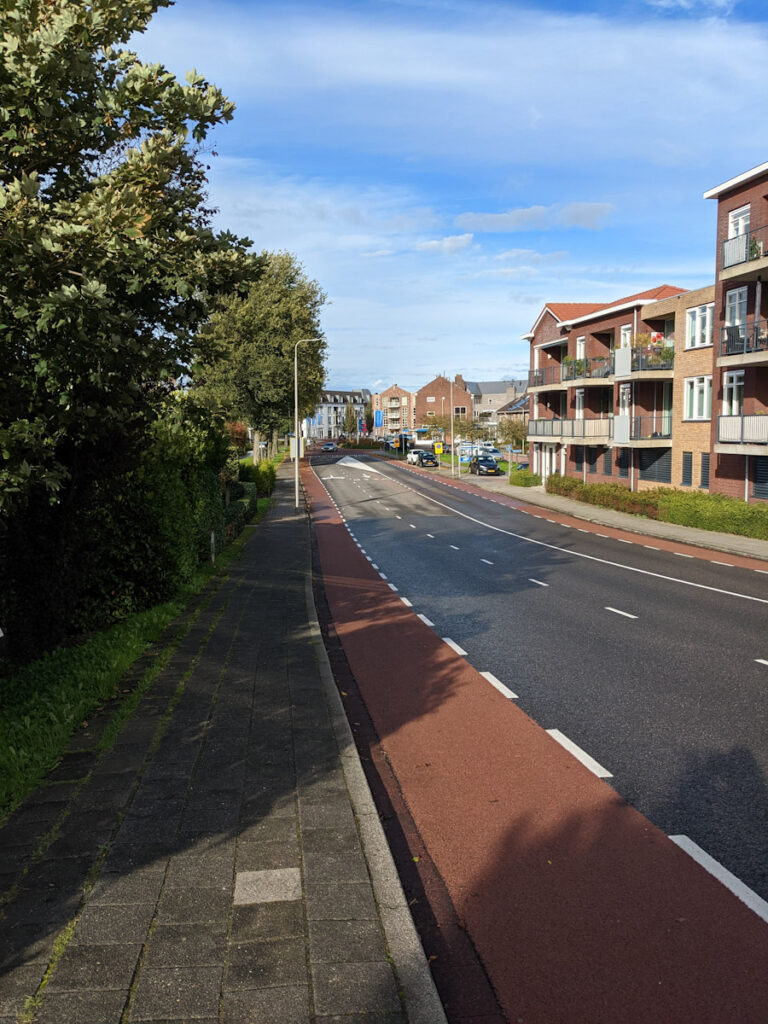
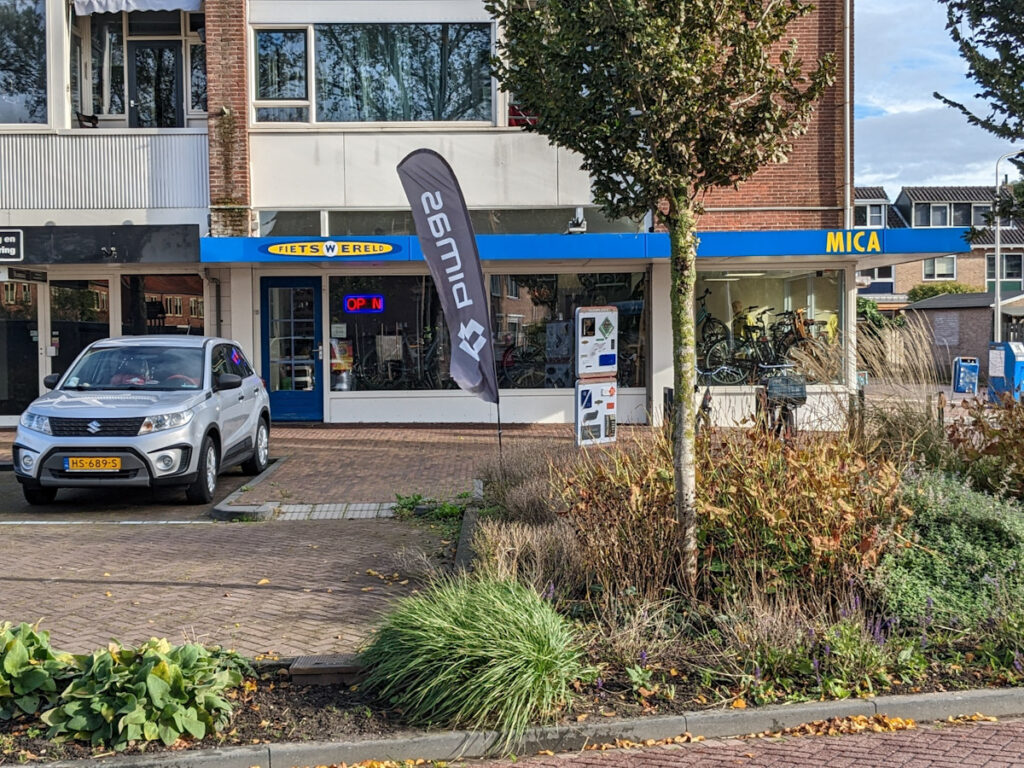
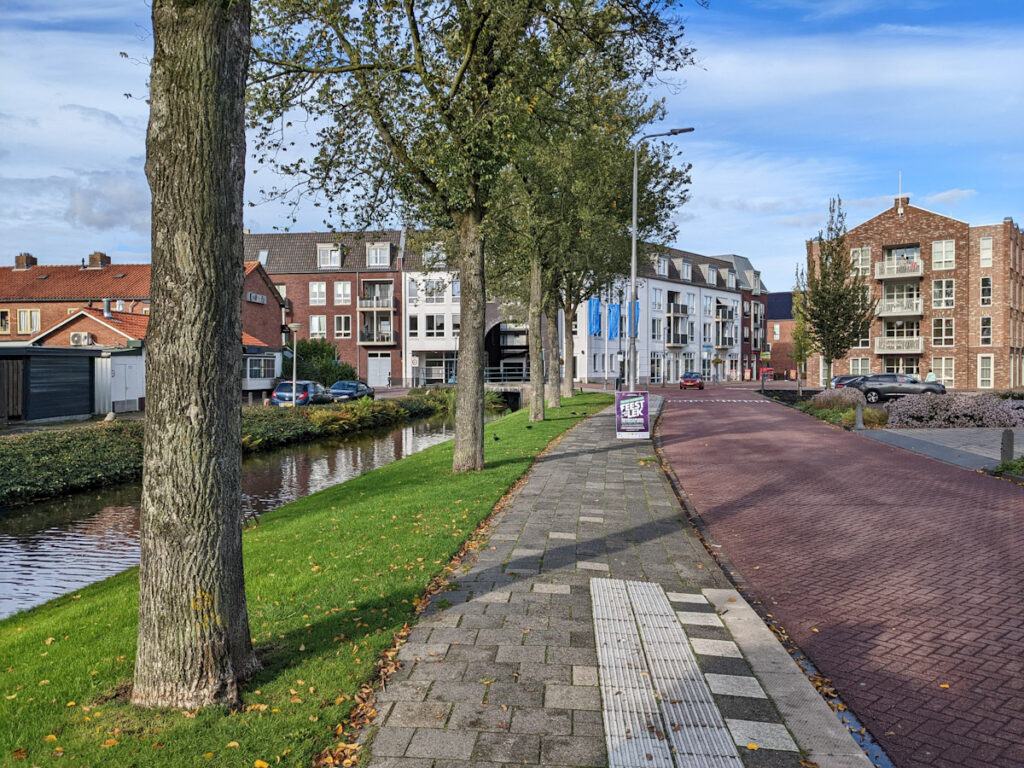
Back to Belgium (again)
That wraps up this trip to the Netherlands. Look out for the next post(s) about Antwerp.
